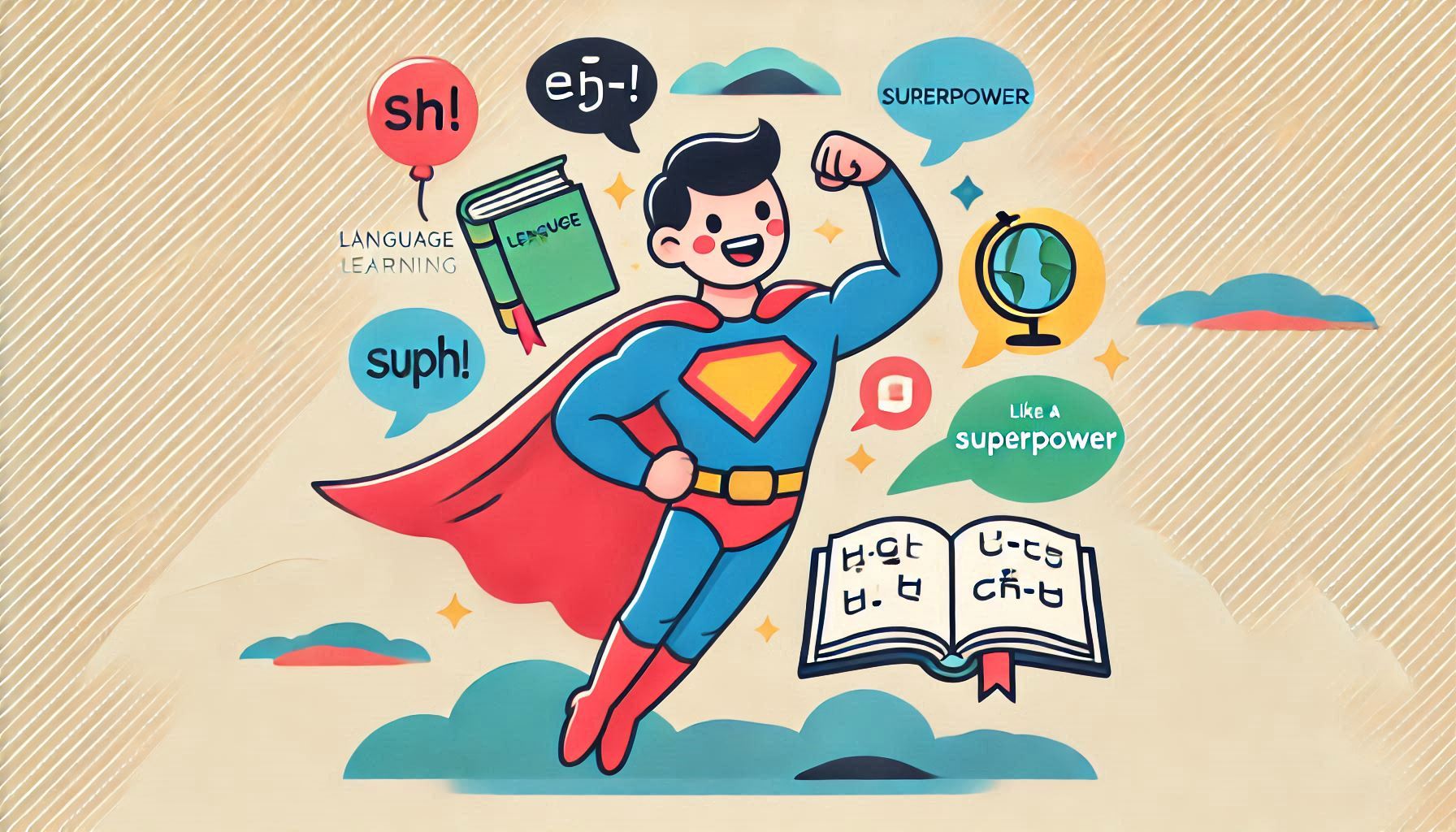The Multilingual Myth: Breaking Traditional Learning Barriers
When I first decided to learn multiple languages simultaneously, everyone told me I was crazy. “You’ll confuse yourself,” they warned. “Focus on one language at a time.” Today, I’ll prove why they were wrong—and show you exactly how to become a successful polyglot.
The Science Behind Simultaneous Language Learning
Contrary to popular belief, your brain isn’t a limited container. It’s an adaptive, powerful network capable of handling multiple linguistic systems simultaneously. The key is strategic approach, not restriction.
Why Learn Multiple Languages at Once?
- Cognitive Flexibility
- Enhanced neural plasticity
- Improved problem-solving skills
- Faster learning capabilities
- Comparative Learning Advantages
When you learn languages with similar roots or structures, you create powerful cognitive bridges. Spanish and Italian? Portuguese and Spanish? These language families become learning accelerators.
The Strategic Multilingual Learning Framework
1. Language Selection: Your Critical First Step
Choosing Compatible Languages
- Select languages with:
- Similar grammatical structures
- Shared linguistic roots
- Complementary learning resources
Optimal Combination Examples:
- Spanish & Portuguese
- French & Italian
- German & Dutch
- Arabic dialects
2. Time Management Strategy
The 3:1:1 Learning Ratio
- Dedicate 3 hours to your primary language
- 1 hour to your secondary language
- 1 hour to exploration/maintenance of additional languages
3. Cognitive Separation Techniques
Mental Firewall Methods
- Use different learning environments
- Assign specific times of day to each language
- Create unique memory anchors
- Develop distinct learning personas
4. Resource Diversification
Learning Ecosystem Approach
- Podcasts
- Language exchange apps
- Cultural media
- Conversation partners
- Specialized learning platforms
Psychological Preparation
Embracing Linguistic Complexity
Learning multiple languages simultaneously requires:
- High mental flexibility
- Patience
- Consistent motivation
- Ability to manage cognitive load
Potential Challenges and Solutions
- Interference Anxiety
- Solution: Develop strong contextual learning strategies
- Create mental “language boxes”
- Motivation Management
- Set clear, measurable goals
- Celebrate incremental victories
- Connect languages to personal passions
Advanced Learning Techniques
1. Comparative Grammar Analysis
- Identify structural similarities
- Create mental translation matrices
- Develop intuitive grammatical understanding
2. Immersive Cross-Pollination
- Watch multilingual content
- Use polyglot learning platforms
- Engage in multilingual conversation groups
Technology and Tools
Recommended Learning Platforms
- HabitWords
- Duolingo
- Babbel
- Tandem
- HelloTalk
Technology Integration Strategies
- Use spaced repetition algorithms
- Leverage AI conversation partners
- Implement real-time translation tools
Tracking Your Multilingual Progress
Quantitative Metrics
- Words learned per week
- Conversation complexity
- Comprehension speed
- Grammar accuracy
Qualitative Assessment
- Emotional comfort
- Cultural understanding
- Spontaneous language switching ability
Neurological Insights
Your brain doesn’t just learn languages—it creates entire cognitive ecosystems. Multilingual learning is about building complex neural networks, not just memorizing vocabulary.
Brain Plasticity Principles
- Consistent exposure creates stronger connections
- Emotional engagement accelerates learning
- Varied input prevents cognitive stagnation
Common Mistakes to Avoid
- Simultaneous Intensive Learning
- Neglecting Cultural Context
- Ignoring Pronunciation Fundamentals
- Comparing Language Abilities Directly
Your Multilingual Roadmap
90-Day Implementation Plan
- Language Selection (Week 1)
- Resource Gathering (Week 2)
- Initial Learning Structure (Week 3-4)
- Immersion and Adjustment (Weeks 5-12)
Final Thoughts: Your Linguistic Potential
Language learning isn’t about perfection. It’s about connection, understanding, and expanding your worldview.
Your Challenge: Choose two languages. Commit. Learn deliberately. Transform your cognitive landscape.
Footnotes
- Neuroplasticity research indicates multiple language learning enhances cognitive flexibility.
- Comparative linguistics studies show structural language similarities accelerate learning.
- Cognitive neuroscience demonstrates emotional engagement as a critical learning accelerator.
Are you ready to become a multilingual communicator?



